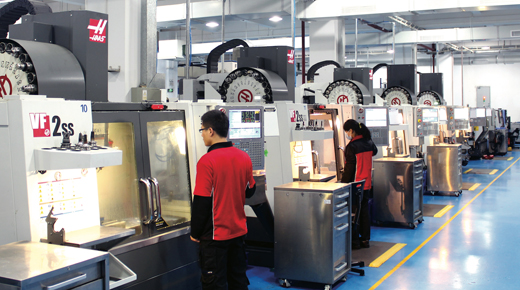Low-volume manufacturing and prototyping from the UK to Dongguan; the rise of Star Rapid
During the 1950s, W. Edwards Deming championed quality management philosophies that helped Japan develop into a world-class industrial center. In 1954, Joseph M. Juran was invited to lecture by the Union of Japanese Scientists and Engineers. His visit marked a turning point in Japan’s quality control activities. In 2005, Gordon Styles planted his own flag of quality in the East. Styles, however, did it by founding a high-tech manufacturing facility in Dongguan, China—not exactly known as a hotbed of quality exports.
|
ADVERTISEMENT |
After reading a case study of Star Rapid’s role in restoring a historic lighthouse, my interest was piqued. Just how does a veteran of the UK rapid-prototyping industry wind up starting a company that provides high-quality rapid prototyping, tooling, and low-volume manufacturing services to businesses and individuals all over the world? When I caught up with Styles for an interview, I found his “why” to be as fascinating as the “how.”
…

Add new comment